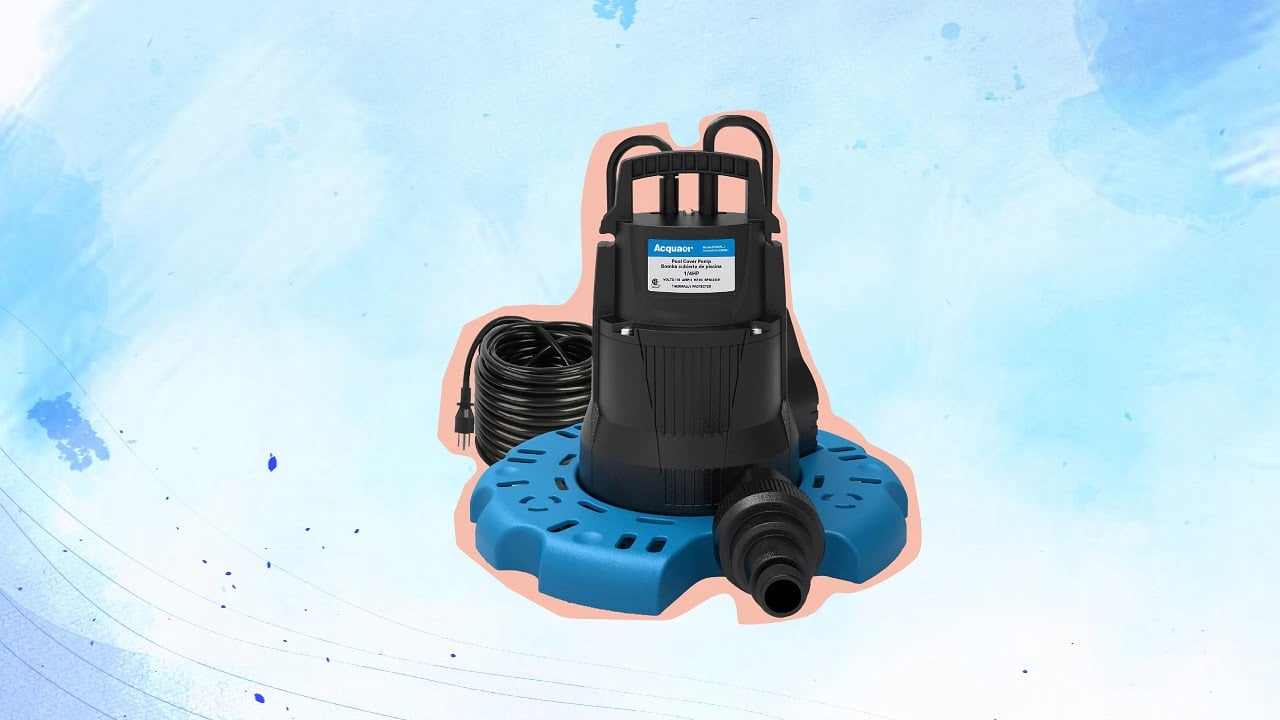Are Utility Pumps Fish Safe | All You Need To Know
Utility pumps are cheap and reliable devices that can help you with removing water. But, they aren’t particularly built to be safe for use in water bodies containing fish. Utility pumps are quite popular due to their efficiency and affordability when it comes to removing water and maintaining the right water pressure. But, there are […]

Utility pumps are cheap and reliable devices that can help you with removing water. But, they aren’t particularly built to be safe for use in water bodies containing fish.
Utility pumps are quite popular due to their efficiency and affordability when it comes to removing water and maintaining the right water pressure. But, there are certain things to be aware of, like if these devices are safe for fish ponds and aquariums.
Today, in the following sections, I will help you answer just that.
What Are Utility Pumps, Afterall?

Before I tell you more about how utility pumps affect fish, let me start by briefly introducing these devices.
Simply put, a utility pump (also known as a submersible pump) can pump out large quantities of liquid-based substances in a short span. As such, it’s typically used to pump groundwater, wastewater, dirty water, or sewage. This means that you may use one in order to clean your pond or swimming pool by pumping out the dirty water.
However, some utility pumps can also be used to pump oil, diesel, gasoline, and other thick liquids, as well as hazardous chemicals and abrasive substances. As for the construction, these pumps are generally made of a metal like steel or plastic and thermoplastic and have a lightweight yet durable housing to take on the load.
Tip
One thing to remember about this equipment is that they’re not meant to be used continuously for more than 24 hours. The exact duration of operation will be mentioned by the manufacturer and the sellers, so keep an eye on the product description.
Are Utility Pumps Fish-Friendly?
Many people may consider using a utility pump for their aquariums or fish ponds, but it’s worth noting they aren’t particularly designed to be fish-safe. And the reason is simple- the electric power source isn’t compatible with water, meaning there’s every chance of your fish getting electrocuted, or worse, dying.
Likewise, manufacturers don’t design them to be used for water bodies like swimming pools with humans or pets inside.
That said, submersible utility pumps are pretty versatile, so you can use them for draining aquariums, fountains, and ponds. In fact, these models can effectively and reliably be used for oxygenating aquariums and ponds. But if you plan to do so, make sure you remove the fish before installing the pump.
Can A Utility Pump Be Used As A Sump Pump?
At this point, many of my readers may be wondering, “can I use a utility pump as a sump pump?”
Sump pumps are typically used to prevent water from becoming stagnant and flooding your crawlspace, basement, or garden. As such, you may use a utility pump as a temporary replacement, as it can transfer water from one area to another, especially if the flooded area is at a lower height.
But keep in mind that a sump pump is connected to the plumbing system of your home. In contrast, a utility pump is connected to a large tank and drains water using a hose that’s connected to a nearby drain. Besides, it may not be suitable for sumps with walls more than 20 feet high.
You will need professional assistance to install a sump pump, but operating a utility pump can be relatively easy as it doesn’t require any expertise per se.

Are Utility Pumps Fish Safe Final Words
Utility pumps do full justice to their name as they can be utilized for various purposes, especially for DIY projects and constructions. They are cheaper than sump pumps and can be used in many areas, both indoors and outdoors. Just remember they aren’t fish-safe.
If this read helped you, check out my other informational guides like “how to adjust impact sprinkler?”
